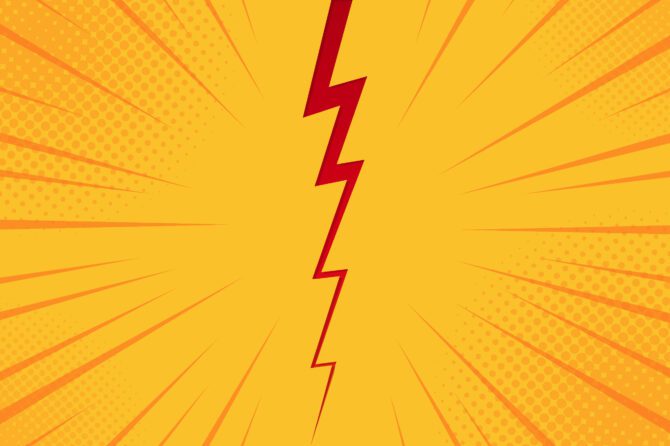
What are pilonidal “flare-ups” and how do I prevent them?
Why do “flare-ups” occur?
Pilonidal disease had a tendency to intermittantly become symptomatic and then settle down. We often refer to these symptomatic episodes as “flare-ups”. Patients often question why these flare-ups happen, and hopefully this blog post will help explain the situation.
In many situations pilonidal patients have a tiny midline pore in the gluteal crease, which connects to a pocket under the skin we call a “pilonidal cyst”. If this cyst tunnels to another area of skin and emerges as another opening, we now call it a “sinus”. There are bacteria and hair shafts in these cysts and sinuses, and the bacteria are able to move in and out of the pore or the secondary opening. When this is happening we say that the cyst or sinus is “contaminated” with bacteria, but not infected. (For something to be considered infected bacteria must be trapped within the tissues, and start invading normal areas.) A person can have this happening for a long time with minimal symptoms, or not even notice it.
However, if something causes the openings to swell shut – that can create a situation where bacteria are trapped under the skin and cause an actual infection. The most common situations that cause the midline pores to swell shut are trauma to the area (falling on the gluteal crease) or prolonged sitting. There are other situations that can cause this as well, but those are the most common. Some women notice a relationship between flare-ups and their menstrual cycle and pregnancies.
Once this happens it can become progressively more painful each day, and may require surgical drainage or antibiotics (in that case we would call it an “abscess”), or it may drain by itself and seem to resolve spontaneously. The drainage may be very minimal, and not really noticed, but occurs if the pore opens up and allows bacteria to exit.
How do I prevent pilonidal “flare-ups”?
Of course, avoiding prolonged sitting and trauma to the area is a good idea. Topical antiseptics may play a role in minimizing the number of bacteria in the pores and cyst, and therefore might help. Allowing air circulation in the cleft by placing a piece of gauze tucked into the crease may decrease pressure in the cleft and make the environment less hospitable to bacterial growth. Wearing clothes that are not compressing the buttocks together is very important as well. This is discussed in more detail on this web page about home remedies.
What if these episodes keep occurring?
In that case, having surgical treatment for the pilonidal disease is probably a reasonable next step. My recommendation is a cleft lift operation, and you can read about that here.
Conclusion
So, even thought these episodes of pain seem to be occurring randomly, there is some explanation for why these happen when they do. It especially explains why they seem to occur when traveling. I hope this discussion has been helpful!
